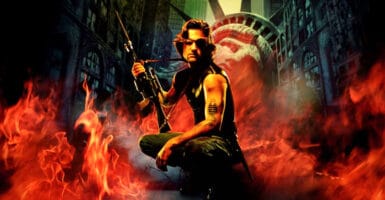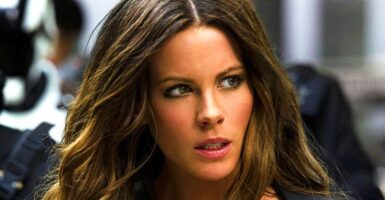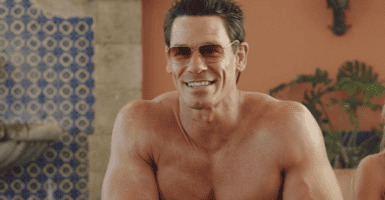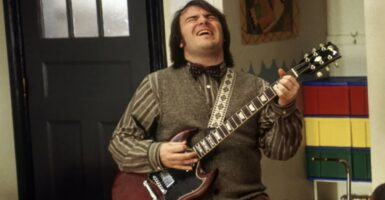Why Movies And TV Are So Dark Now Revealed
Movies and tv are dark now because filmmakers are prioritizing realistic lighting.
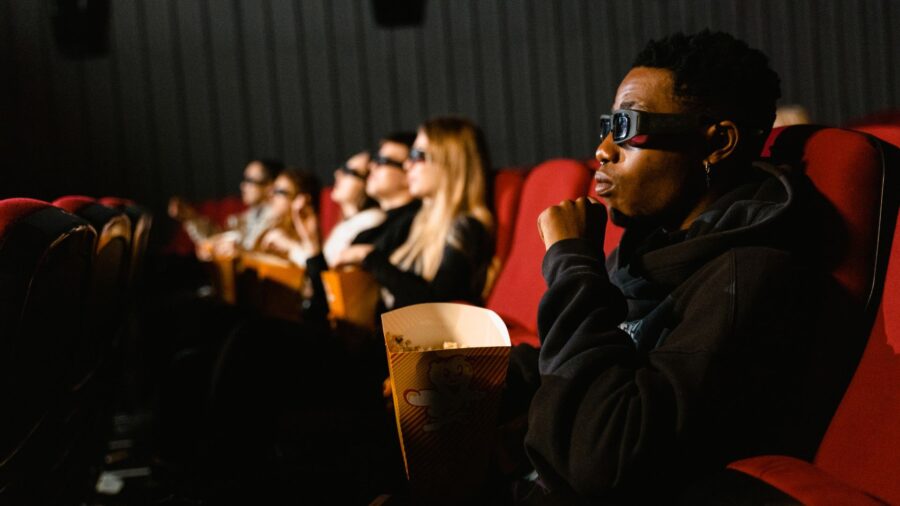
Nearly imperceptible episodes of Game of Thrones left many asking why modern movies and TV shows are so dark. It is a complicated question, but an article from Polygon delivers some answers. To understand the darkness dilemma, one must compare filmmaking trends from the past few decades, from the 1996 horror classic Scream to the trailer for David Lowery’s new take on a classic, Peter Pan & Wendy.
First, there are technical considerations to make. Movies or TV shows might look too dark due to heinous streaming compression or poor viewing conditions. If you can’t see the image on your TV and all your windows are open, it may not be the movie’s fault. Streaming services compress video to optimize playback speed, sometimes resulting in poor video quality.
But even with these technical factors accounted for, there is still the question of why filmmakers would shoot movies so dark, knowing that they will likely be streamed in a home. That brings about creative considerations.
Over time, artistic trends come and go. In the 1990s, for instance, bright, stylistic light was common. In Wes Craven’s Scream, light is often used to convey meaning, even if there is no practical source in the scene for the light to be coming from. Such light is unmotivated; Scream did not have to be entirely dark because artificial light was integrated into its visual style.
Filmmakers in the 2010s leaned into another extreme, relying heavily on motivated light. If light could not be justified by an actual source in the scene – a lamp, a neon sign, a window, the sun itself – then it had no place in the scene. That means, if an environment is naturally dark, then the scene will be dark.
This, unsurprisingly, led to many movies being dark. The Harry Potter series serves as a perfect example of this stylistic change. The earlier films were far more stylistic in their lighting and became more natural and dark as the series — and trends — progressed.
The naturalistic lighting style that is making many movies so dark is not an unsubstantiated fashion choice. The realism that this lighting approach offers can provide an immersive experience very different from that of more stylized, unmotivated lighting.
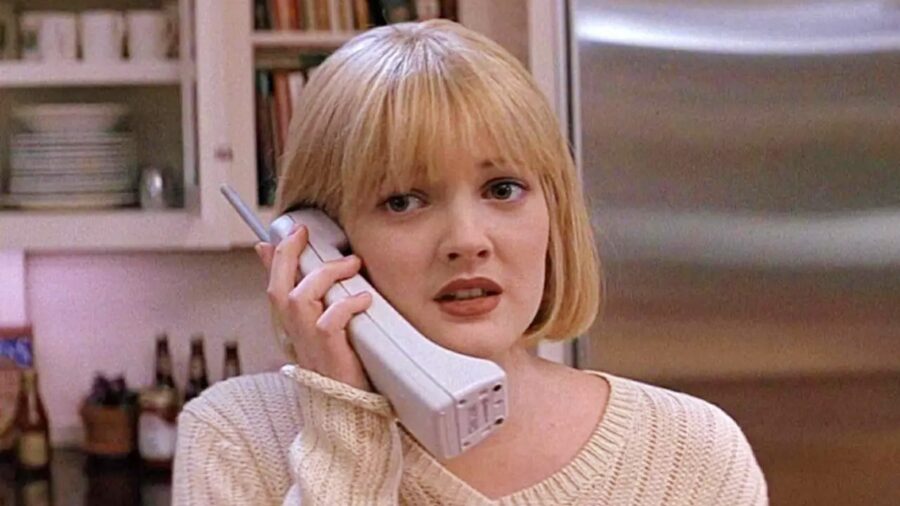
Enter David Lowery. The Green Knight filmmaker is known for making immersive, sensory films that give even the most fantastical elements a sense of grounded purpose. For Peter Pan & Wendy, the trailer for which was just released by Disney, Lowery is once again applying his naturalistic style.
The iconic fairytale has been made into several movies, but never one as dark as Lowery’s. While that may bug some, it is a creative choice that literally sheds new light on the classic story. The film’s trailer includes gorgeous, sunlit exteriors and a dark bedroom lit primarily by residual light of the city coming through the window and the glow of Tinkerbell flying about the room.
Filmmakers often prioritize style, not making concessions for the possibility of suboptimal viewing conditions down the line and crafting their work to be seen at its full capacity. This dedication to a vision may cause some movies to appear too dark in certain circumstances, but it is also the very thing that imbues movies and TV shows with the artistic voice necessary for them to truly shine.









